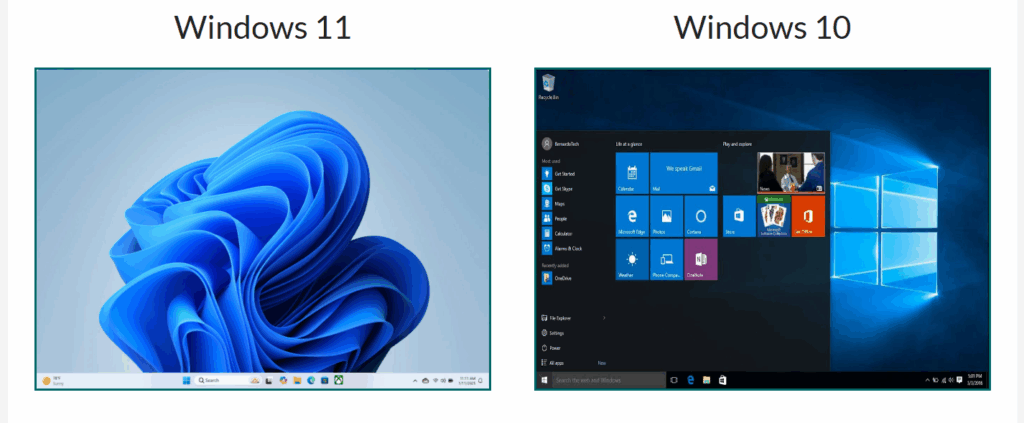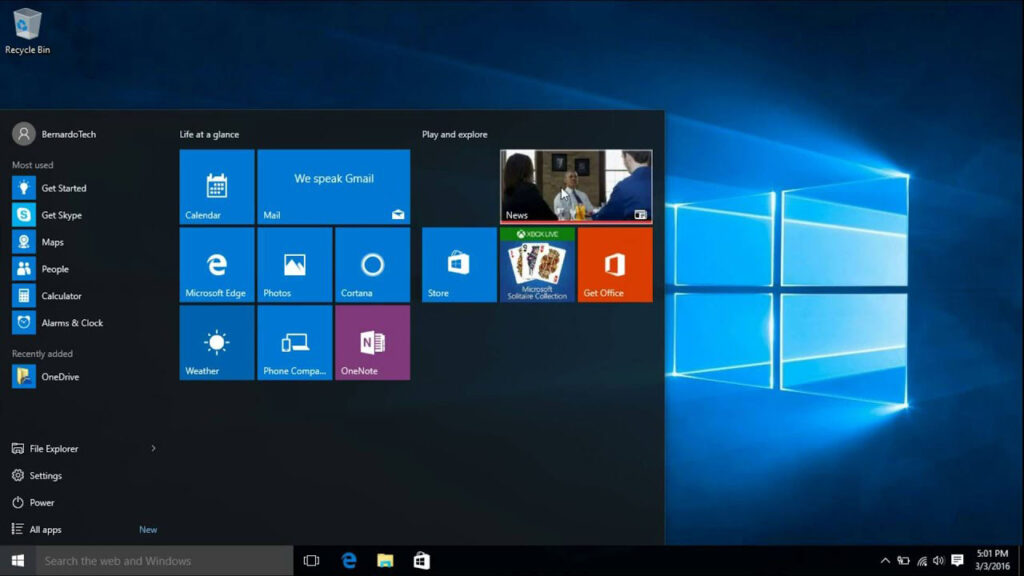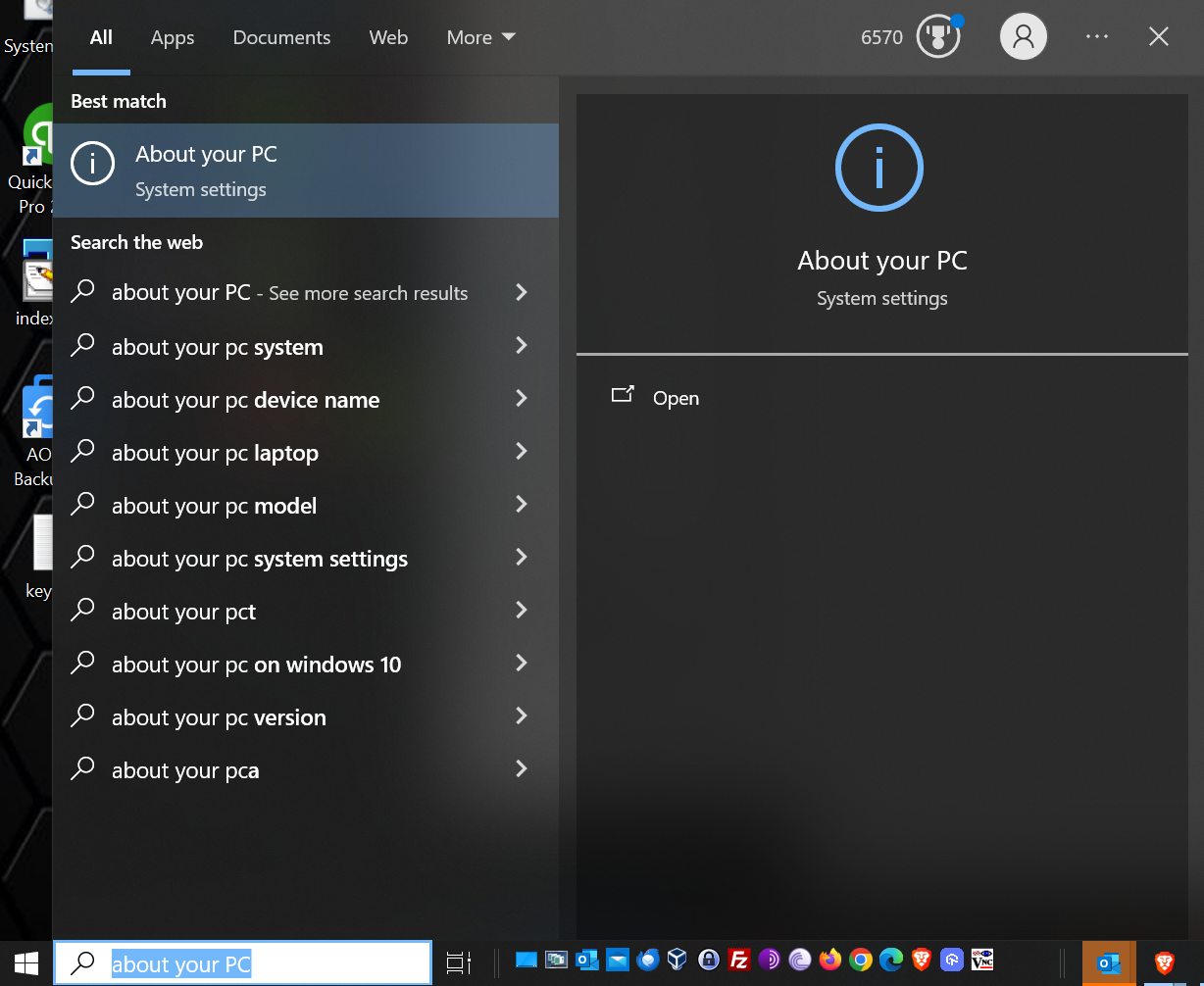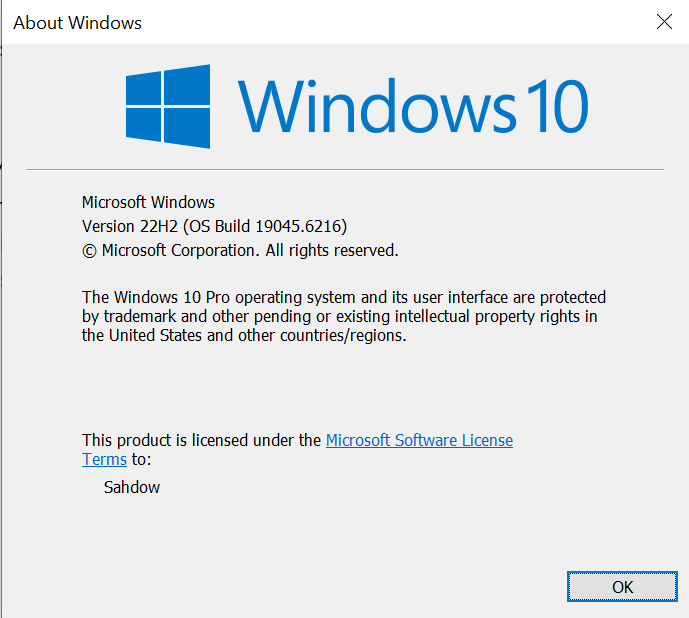
Windows 11 Vs. Windows 10:
Spot the Differences
A Visual and Practical Guide to Identifying Your Windows Version
Side-by-Side Comparison
Windows 11

Windows 11 welcomes you with a fresh, modern interface. The most notable change is the centered Start Menu and taskbar icons. Windows corners are rounded, and the overall look is more streamlined and minimalist. Widgets and Snap Layouts add new productivity features, while the Microsoft Store has been redesigned.
Windows 10

Windows 10’s desktop retains a familiar look with the Start Menu and taskbar icons left-aligned. Window corners are squared, and the Action Center is present on the right. The design language is more classic and utilitarian, with live tiles in the Start Menu offering quick info at a glance.
More Ways to Identify Your Windows Version
- Start Menu Layout:
- Windows 11 features a simplified, centered Start Menu without live tiles, while Windows 10 includes live tiles and is aligned to the left.
- Taskbar Features:
- In Windows 11, you cannot move the taskbar to other edges of the screen, and the search box is an icon. In Windows 10, you can dock the taskbar and the search bar is more prominent.
- System Requirements:
- If your device is relatively new (manufacturer after August 2017) and has TPM 2.0 enabled, it’s likely running Windows 11.
Other Ways to Tell Which Version of Windows You Have
You can access the Windows System Setting “About this PC several Ways:

Type “About Your PC” in the Search Box and click on About Your PC to the right.
A window will pop-up with details about your computer, including the version of Windows you are running.

Hold down the Windows Key and Tap on The R key on your keyboard. Win the search box appears, type “winver” and hit enter.
A window will pop-up telling you which version of windows you have.
Share Your Two Cents